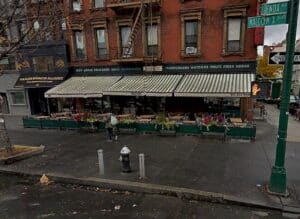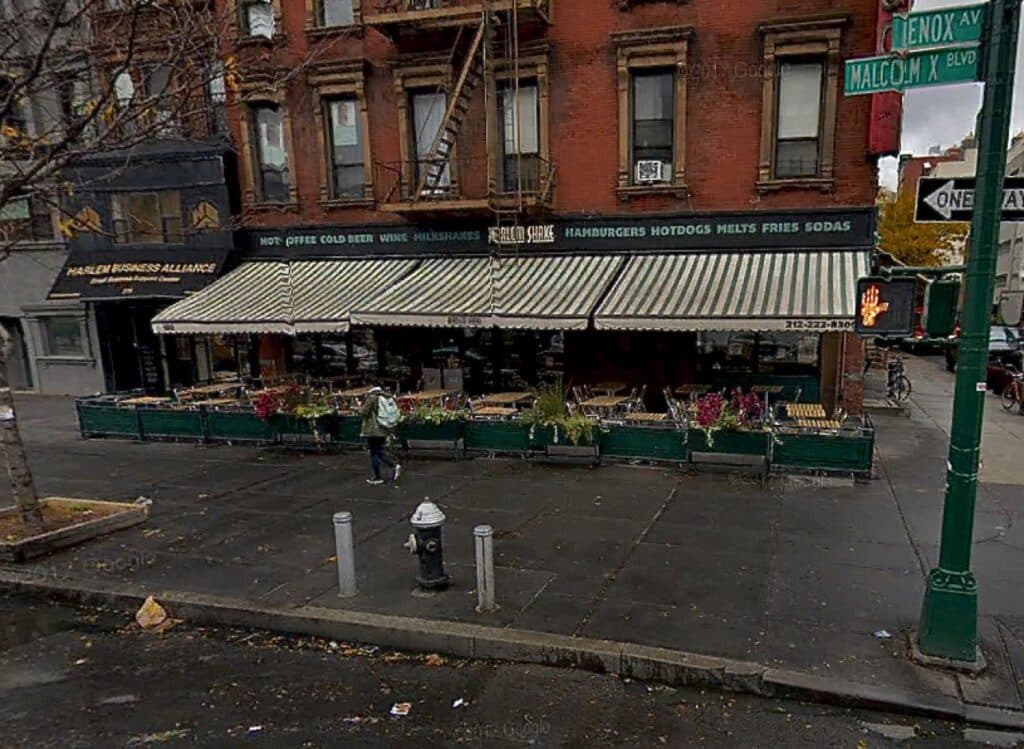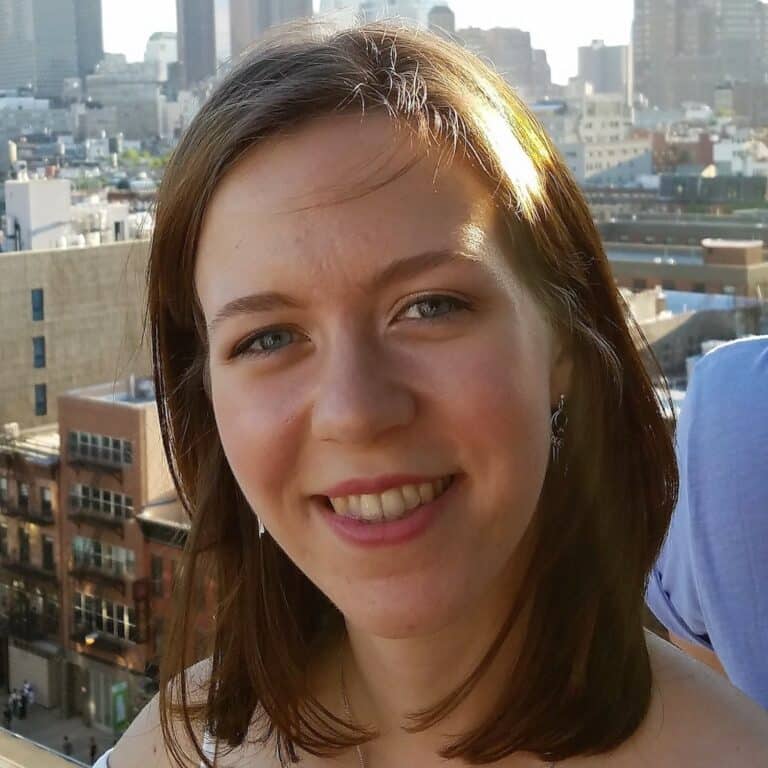Harlem Shake New York
Old school/new idea
Harlem Shake is from the Shake Shack mold --- nondescript small burgers, counter service, inexpensive.
Differently, Harlem Shake wants to prove a point. The backstory:
In 1910, 9% of the population of Central Harlem was African American. By 1920, 32%, by 1930, 70%. However, a 1929 survey found that whites owned 80% of more than 10,000 businesses. As African Americans moved into Harlem, real-estate values plummeted, and so did capitol investment in the community.
Elsewhere, white families thought the influx of blacks into their communities an economic scourge, believing black neighbors would make re-selling to whites impossible.
So, emigrating blacks were forced to move into the working-class low income Harlem neighborhood, settling into an economically depressed community with few financial resources. It was the only neighborhood that would accept them.
White bankers discriminated further by denying mortgages to entire neighborhoods containing certain races, religions, and ethnic groups – eventually extending to all financial and economic services. Called redlining, banks used maps marked with red zones to color code areas where loans and financial services would be available and where they would not.
Though white-owned, nearly 65% of Harlem Shake’s workers reside in Harlem. Owner Jelena Pasic's restaurant sits amid gentrifiers like Whole Foods, Burlington Coat Factory, Marshall's and American Eagle, while supporting many Harlem institutions like Black Ink, Cultured Movement, Harlem Business Alliance, Harlem Children’s Zone, Harlem Eat Up, Harlem Haberdashery, Harlem Run, Mama Foundation for the Arts, Marcus Garvey Park Alliance, The Laundromat Project, Power of You Teens, Trinity Harlem Church.
Mediocre food from a deserving white-owned Harlem business.
About this spot
Find your way with 304 Insider Tips from our Local Spotters
Nice place right!? There’s so much more to discover:
Discover all other hidden gems in New York
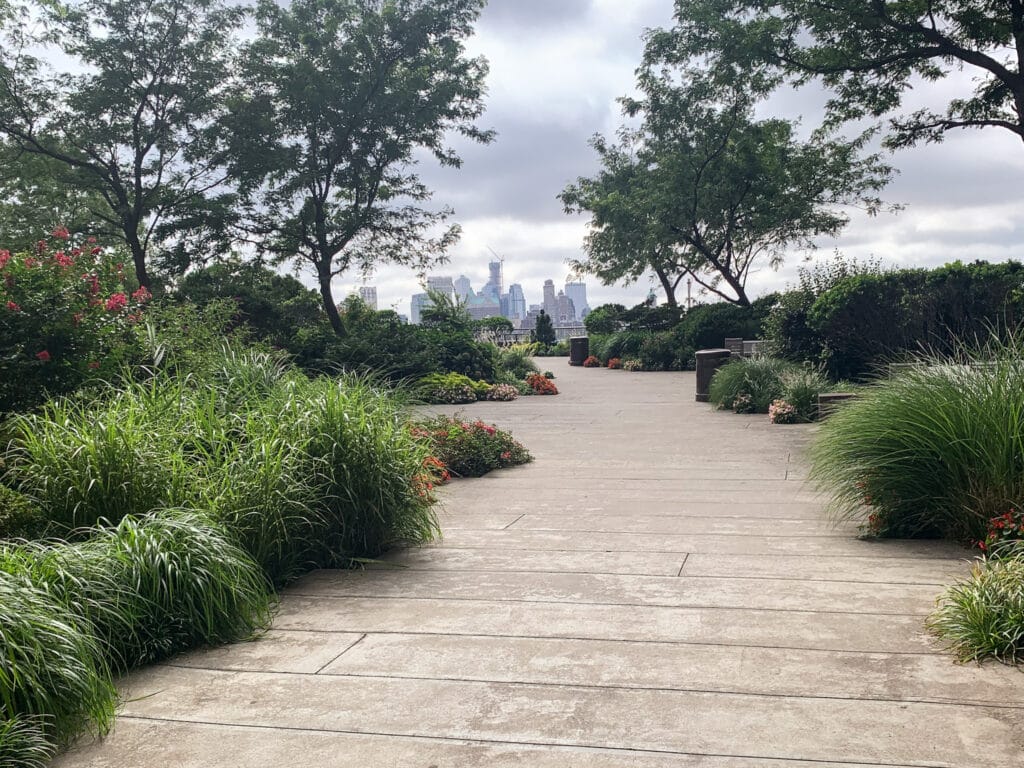

Elevated Acre
Quiet, hidden elevated park in FiDi
"The Elevated Acre" is in the middle of the Financial District in NYC, but you would never see it when passing by - this park is hidden above street level!
by
Christian
Neely
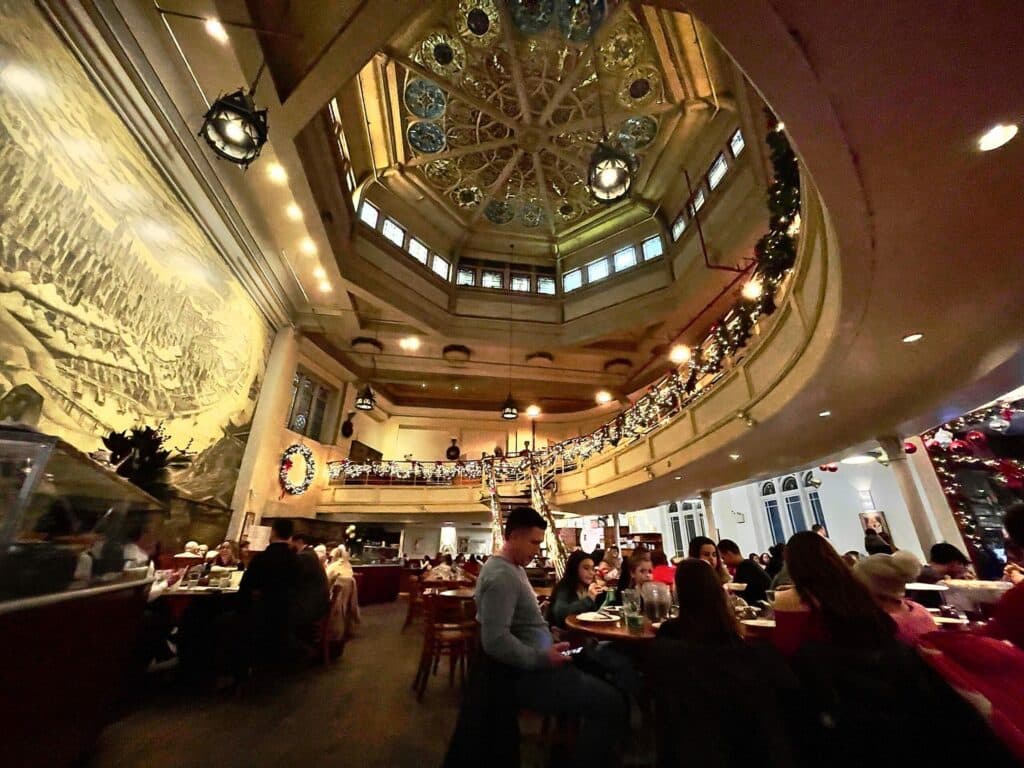
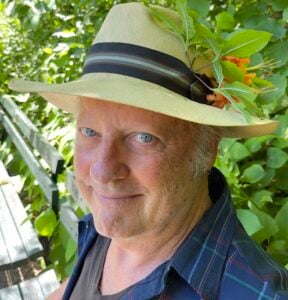
John's Pizza / Times Square
Pizza Tabernacle
John's Pizza is situated inside a former tabernacle with a domed stain glass ceiling about 50 feet above, and ‘sliced’ into 8 sections, just like a pizza.
by
Geoffrey
Dunbar
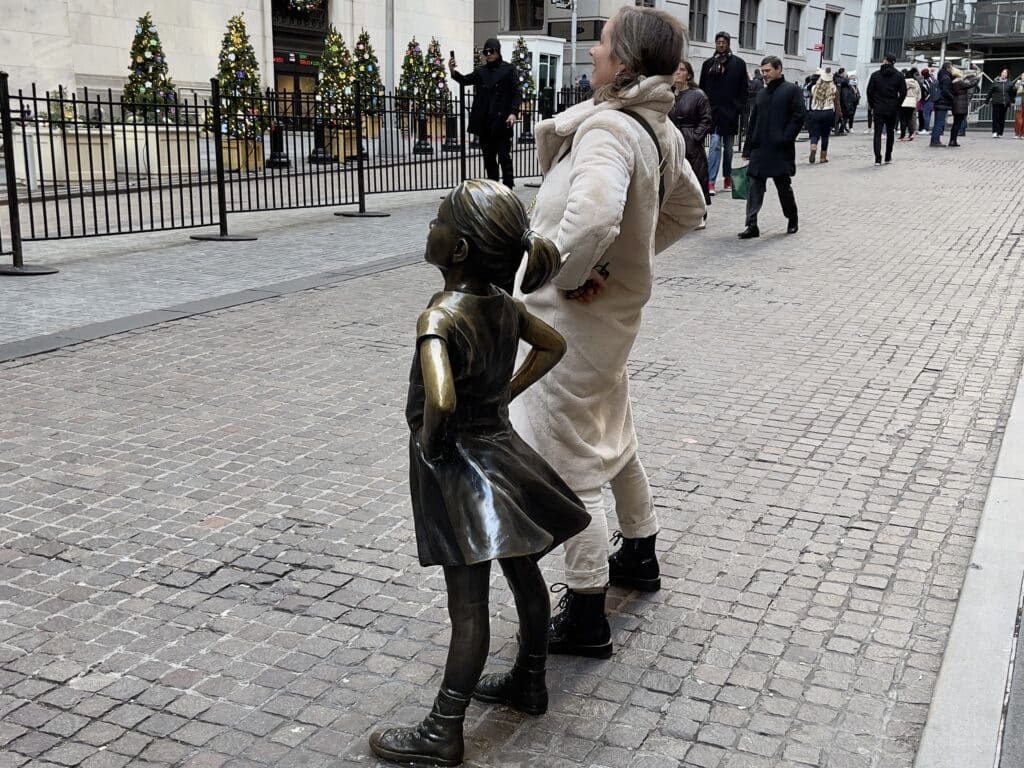

'Fearless Girl'
Wall Street History
On Broad Street stands a bronze sculpture named Fearless Girl which exudes bravery, pride and strength but not, according to the artist, 'defiance'...
by
Geoffrey
Dunbar
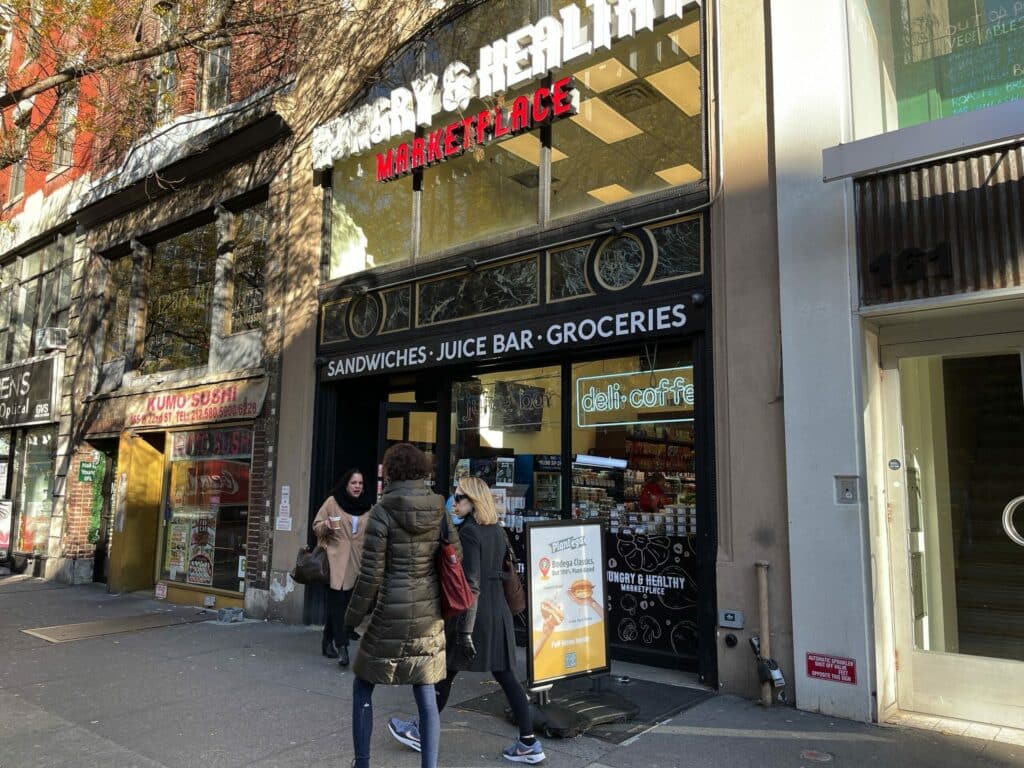

The Hungry and Healthy Marketplace
Comedy / Deli
The space functions day to day as a bright and modern-looking upscale deli and on certain evenings, it doubles as a performance space for stand-up comics.
by
Geoffrey
Dunbar
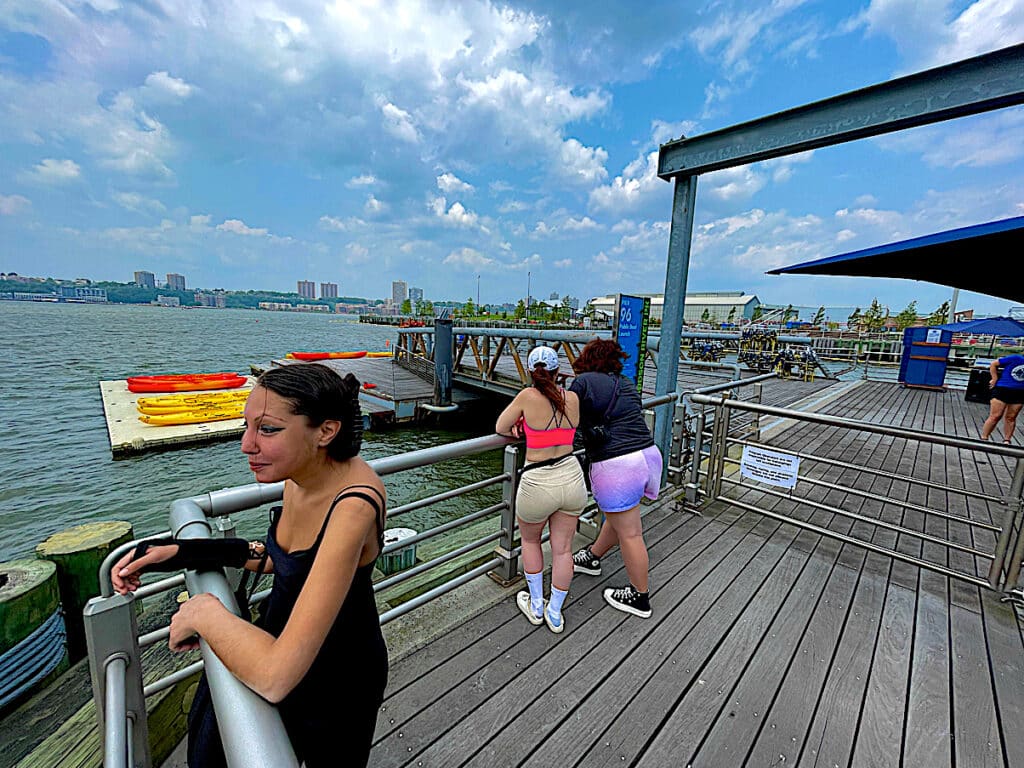

Manhattan Community Boathouse
Free kayaking
It’s all free, on a first-come, first-served basis. You'll get a life jacket, a paddle, a 'kayak', and a locker, for a session of approximately 20 minutes.
by
Geoffrey
Dunbar
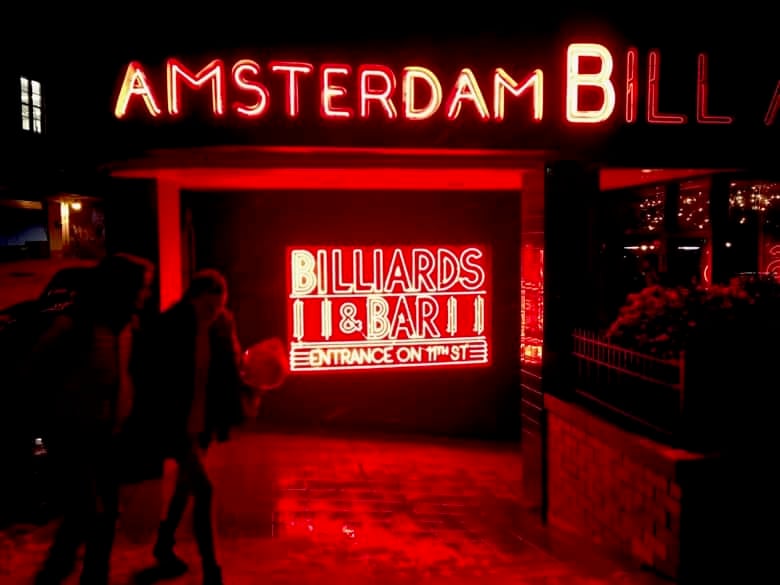

Amsterdam Billiards
Pool table all-stars
"Amsterdam Billiards" in New York has a nice bar, nice service and soft couches. It's a well-known place to play (and watch!) billiards, darts, foosball...
by
Geoffrey
Dunbar
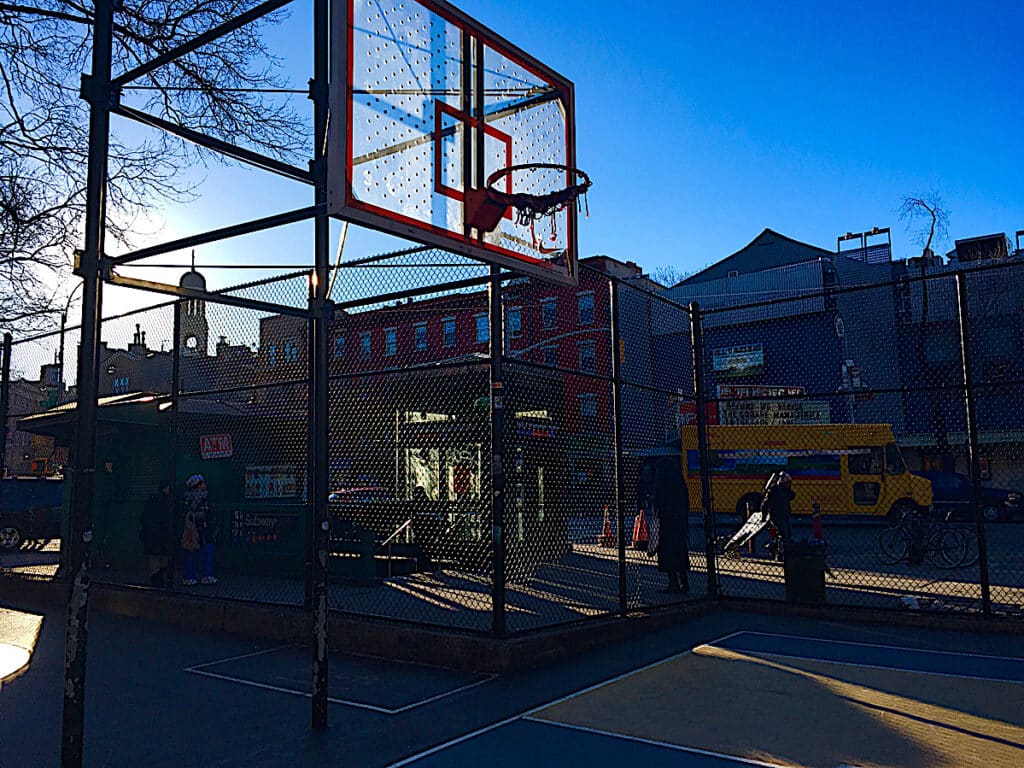

The Cage in West Village
Hoops & handball
The Cage in West Village is a chain link fenced, bagel-sized basketball court in New York. Here you can also find handball, a citywide spectacle...
by
Geoffrey
Dunbar
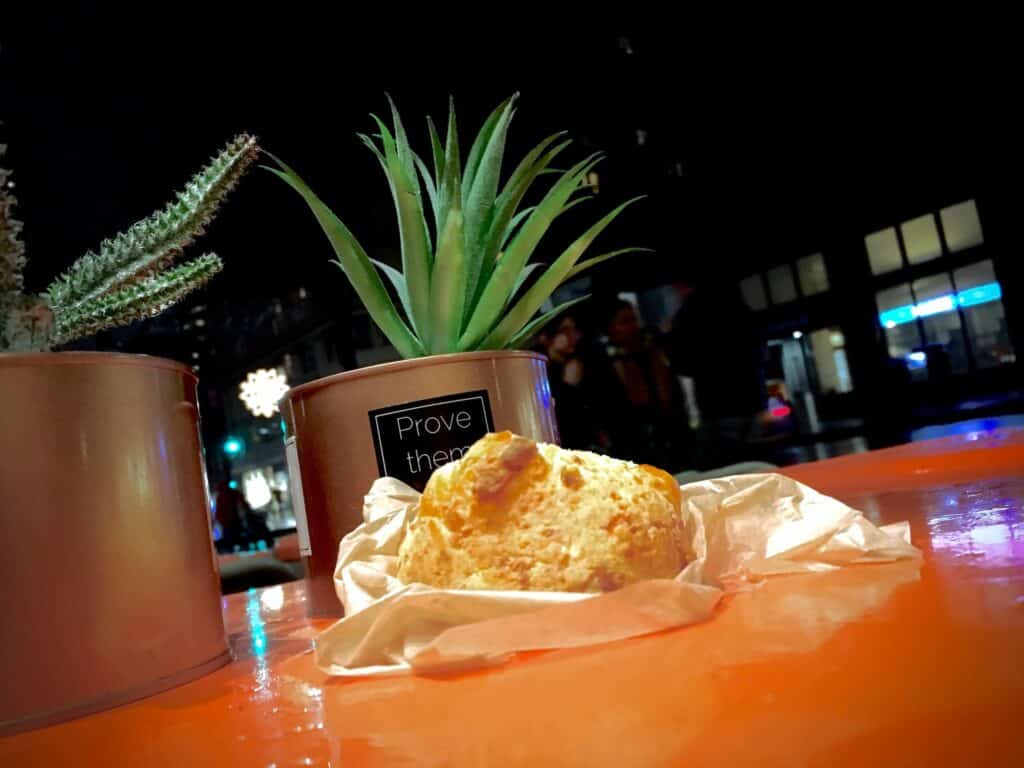

TAP - NYC
Brazilian tapioca's 'home base'
"TAP - NYC" makes Brazilian tapioca from yuca! I really love their Pão de Queijo, tangerine-sized, feather-weight bread-puffs with molten cheese...
by
Geoffrey
Dunbar
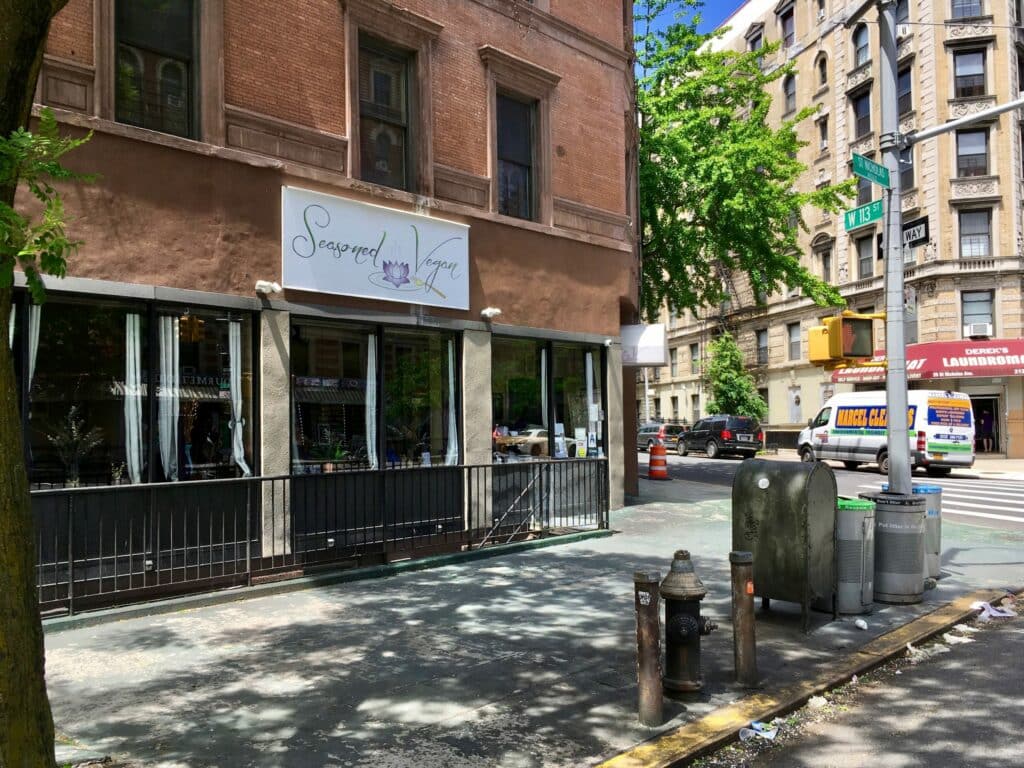

The Seasoned Vegan
Food you love, veganized
"The Seasoned Vegan" in New York is crowded (in a good way), energizing and really fun. I got the Harlem Chopped Cheeseburger, and I'd order it again...
by
Geoffrey
Dunbar
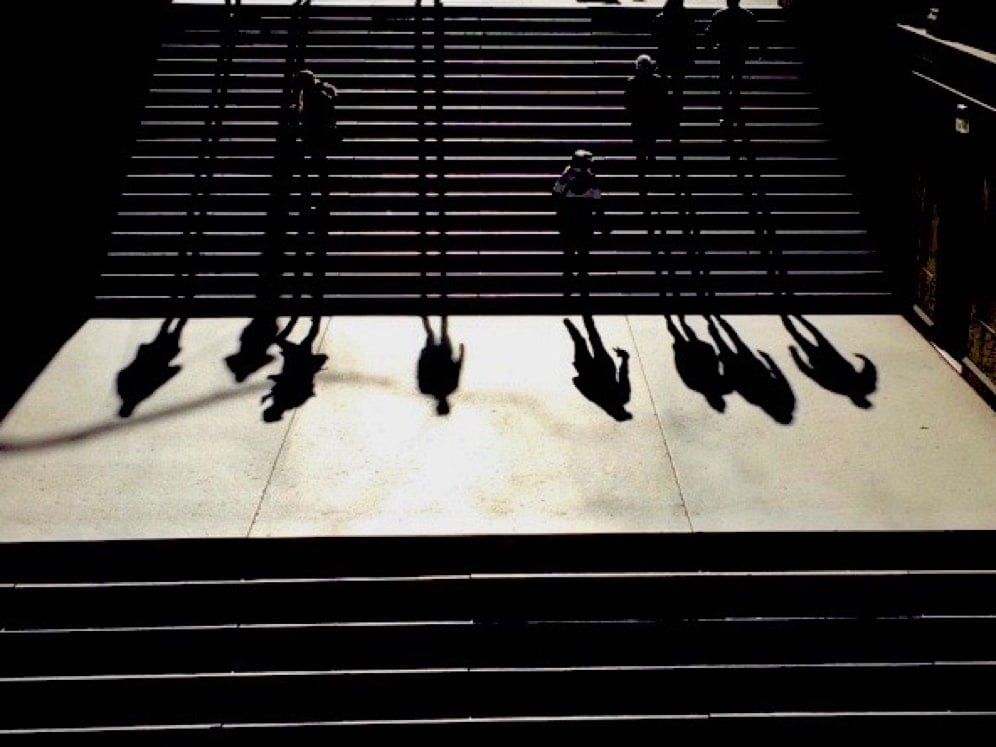

Bethesda Terrace
Central Park
"Bethesda Terrace" in New York's Central Park is home to Bethesda Fountains, sculptural balustrades and breathtaking magical depictions of wild animals...
by
Geoffrey
Dunbar


Bodegas
NYC convenience stores
"Bodegas" are NYC convenience stores that are as much an essential part of urban culture as are chippies in Whitley Bay or curry shops in London, England...
by
Geoffrey
Dunbar
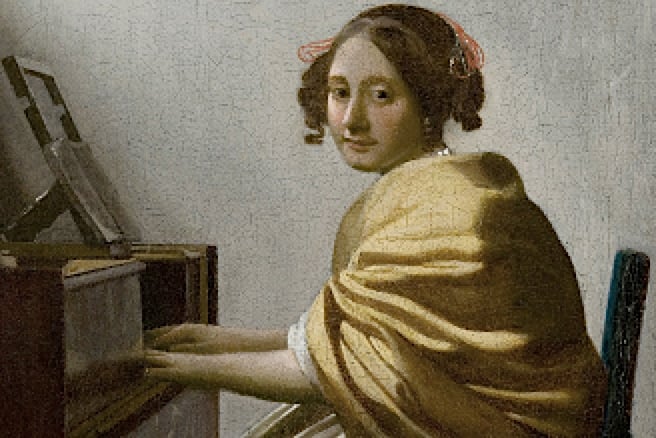

Johannes Vermeer
At the Met & Frick
You can see eight of the thirty-six paintings by "Johannes Vermeer" in New York City. There's a ninth one, but it's behind closed doors...
by
Geoffrey
Dunbar
Heading to New York?
304 Insider Tips from our local Spotters
Authentic Stories by Real People
Escape the Crowd & Travel Slow 🐌
... for just €9.99

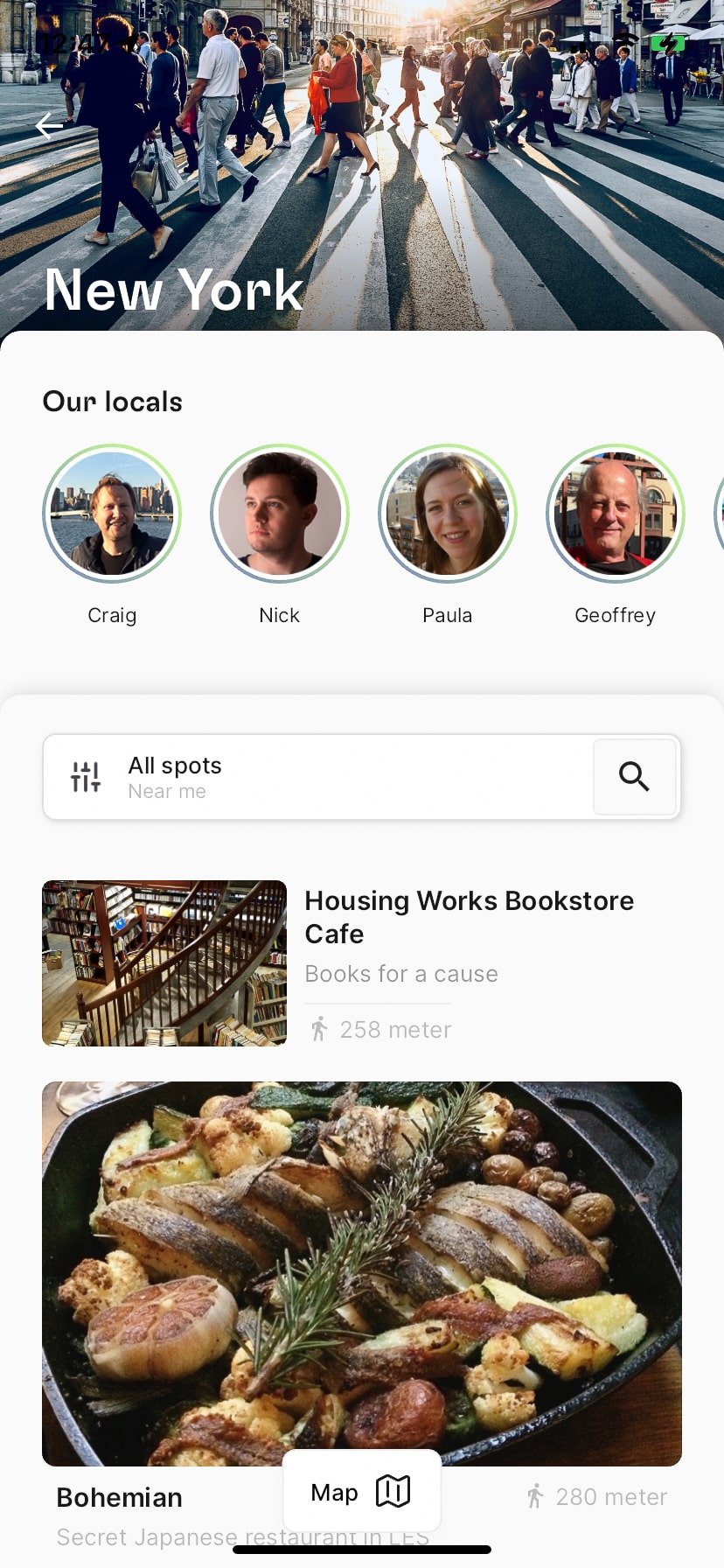

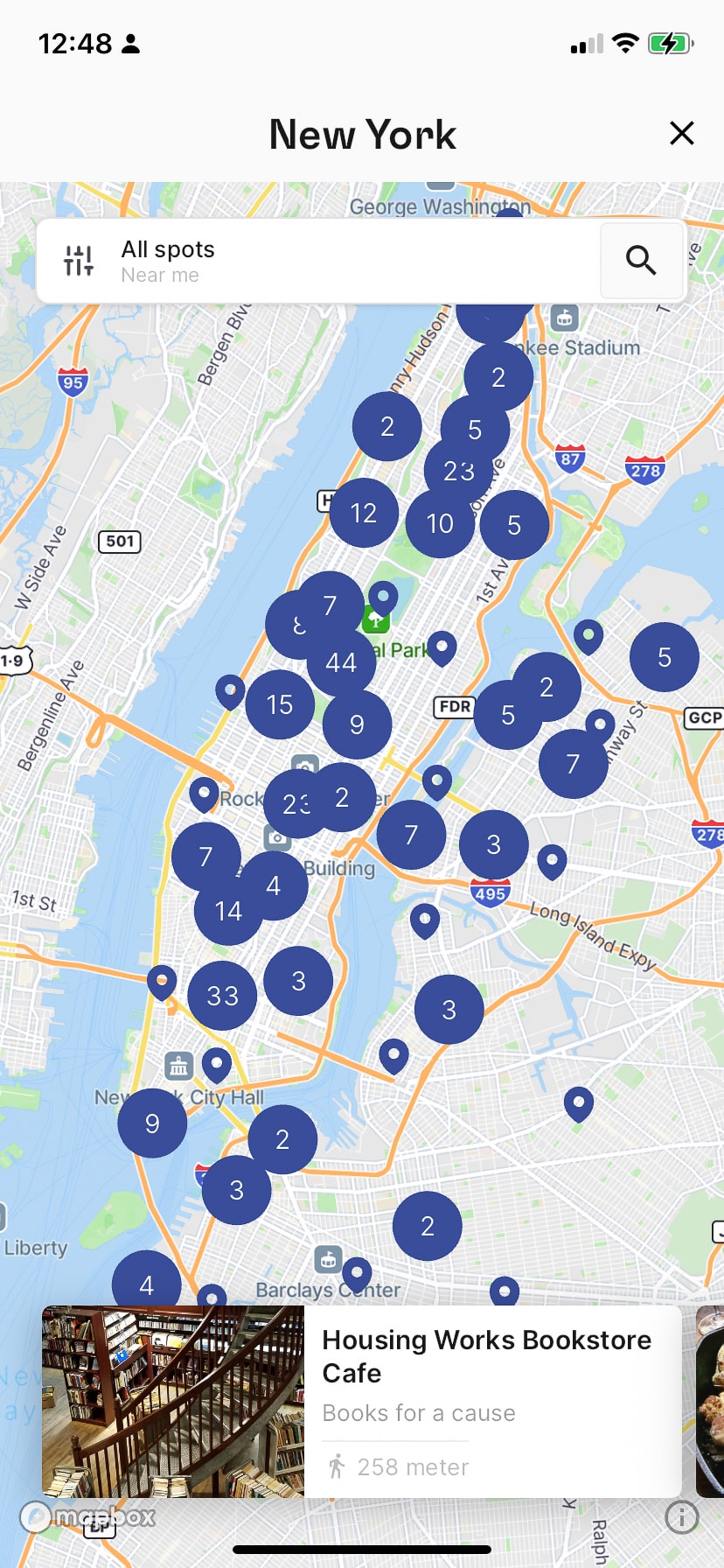


Heading to New York?
✓ 0 Insider Tips from our local Spotters
✓ 304 Insider Tips
✓ Escape the Crowds
✓ Find Spots nearby
✓ Authentic Stories
... for just €9.99
City guides by those who know the city in and out!
Our Locals' Favorite New York
Our team loves New York
Get to know our other Spotters from New York
As featured on:




